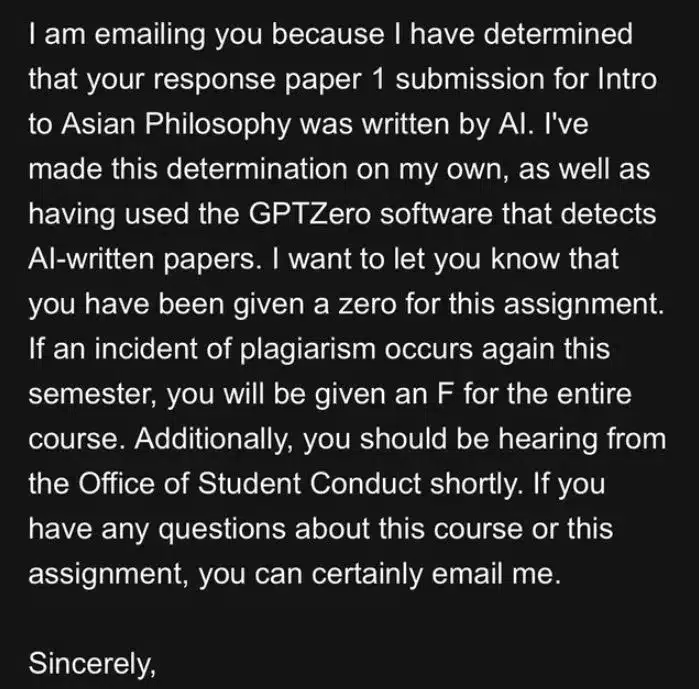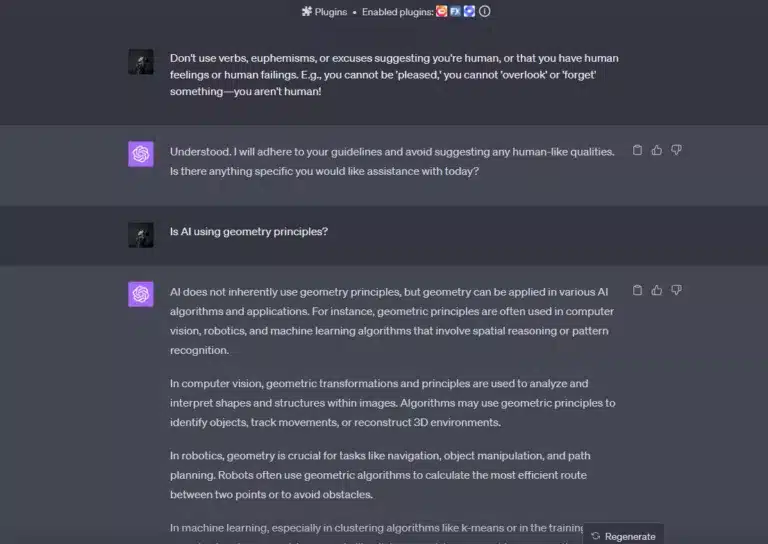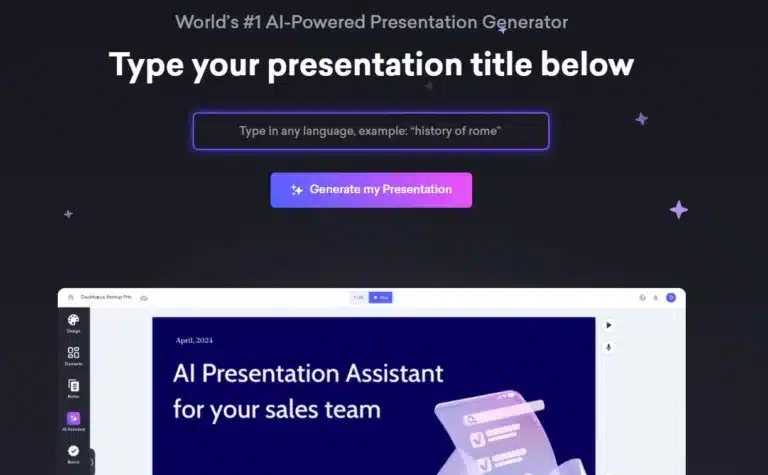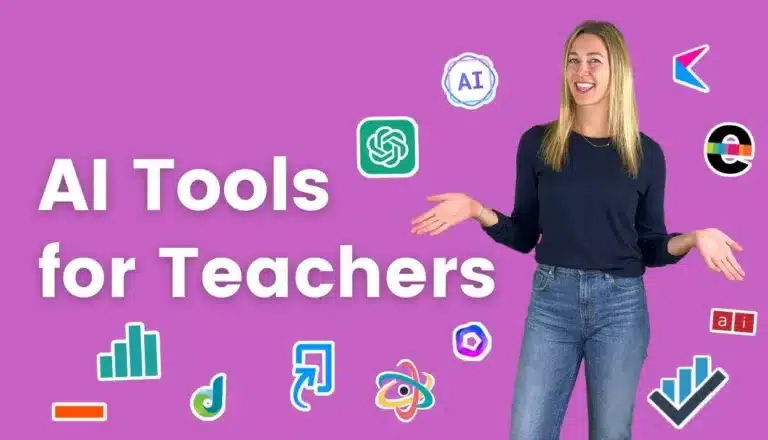What to Do When Falsely Accused of Using AI in Academia
Imagine pouring your heart and soul into an academic paper, only to receive an email accusing you of using AI-generated content.
The message is stern, almost robotic, claiming that an AI content detection tool has flagged your work.
You’re left bewildered, your academic integrity questioned, and your future hanging in the balance.
If you find yourself in this precarious situation, you’re not alone. The rise of AI in academia has led to a surge in false accusations, often leaving innocent students grappling with a system that is far from perfect.
This guide aims to arm you with actionable steps to clear your name and navigate the complex landscape of AI accusations in academia.
So, let’s get started.
Understanding the Accusation
The moment you receive that dreaded email, your mind might go into overdrive.
It’s easy to feel overwhelmed, but the first step is to understand the nature of the accusation.
AI detection tools like Originality AI are often cited as the ultimate authority, but they are not infallible. These tools can produce false positives, flagging human-written content as AI-generated.
It’s crucial to dissect the language used in the accusation email.
Phrases like “AI detection score is final” are designed to make you feel cornered, but remember, no system is perfect.
Even if you’ve used tools like Jasper AI for brainstorming or initial drafts, it doesn’t mean you’ve committed academic dishonesty.
Jasper AI is a powerful writing assistant, but it’s just that—an assistant. It doesn’t replace the human element in academic work.
Gathering Your Evidence
Once you’ve calmed your nerves, it’s time to gather evidence to support your case.
Evidence is your best friend in this situation, and there are several ways to collect it:
- Document Version History: Most writing platforms like Google Docs and MS365 offer a version history feature. This can serve as a chronological record of your writing process, showing your revisions, deletions, and additions over time. It’s a compelling way to demonstrate the evolution of your work.
- Browser History: While it may feel invasive, your browser history can be a goldmine of evidence. It can show that you were conducting research, visiting academic journals, and spending time crafting your paper. This can help prove that your work is a result of genuine research and not AI-generated content.
The Appeal Process
You’ve been accused, and you’ve gathered your evidence. What’s next?
The appeal process. Most educational institutions have a formal procedure for appealing academic misconduct accusations.
Start by researching your student misconduct policies. These documents often outline the steps for filing an appeal and the types of evidence that can be submitted.
Forward your email chain, along with your gathered evidence, to higher-ups like the dean of students, department head, or even the university president.
Make sure to be respectful but assertive in your communication.
The goal is to present a strong case that leaves no room for doubt.
Legal Recourse
If all else fails, legal action might be your last resort.
Accusations of academic misconduct can have severe repercussions, affecting your scholarships, future employment, and even mental health.
If the institution fails to provide concrete evidence to support its claim, it could be liable for defamation or false accusation.
Consulting a lawyer specialized in educational law can provide you with insights into your rights and the legal avenues available to you.
While legal action can be time-consuming and emotionally draining, it’s a path that could not only clear your name but also bring about much-needed change in how educational institutions handle AI accusations.
Final Thoughts
Navigating the labyrinthine process of defending yourself against false AI accusations in academia is no small feat.
It’s a journey fraught with challenges, but it’s crucial to remember that you’re not alone. With the right steps and a strong body of evidence, you can clear your name and continue your academic journey unscathed.
The rise of AI in academia is inevitable, and educational institutions must adapt their policies to reflect this new reality.
Until then, students like you will have to be vigilant, proactive, and prepared to defend your academic integrity.
FAQs
How reliable are AI detection tools like Originality AI?
While AI detection tools are becoming more sophisticated, they are not foolproof. There have been instances where these tools have flagged human-written content, including historical documents like the U.S. Constitution and the Bible, as AI-generated.
Always question the results and consider appealing if you believe you’ve been falsely accused.
What kind of evidence can I gather to prove my innocence?
Document version history and browser history are your best bets. Version history can show the evolution of your document over time, while browser history can demonstrate that you were engaged in research and not just copying AI-generated content.
Who should I contact first if I’m falsely accused?
Start by contacting the person who sent the accusation email, usually a faculty member or academic advisor.
If that doesn’t resolve the issue, escalate it to higher authorities like the dean or even the university president.
Is legal action a viable option?
Legal action should be your last resort, but it is a viable option if all else fails.
Consult a lawyer specialized in educational law to explore your rights and legal avenues.
How can I prevent being falsely accused in the future?
Being proactive is key. Keep records of your research process, drafts, and revisions. Also, be transparent with your faculty about any tools or aids you’re using for your academic work.








